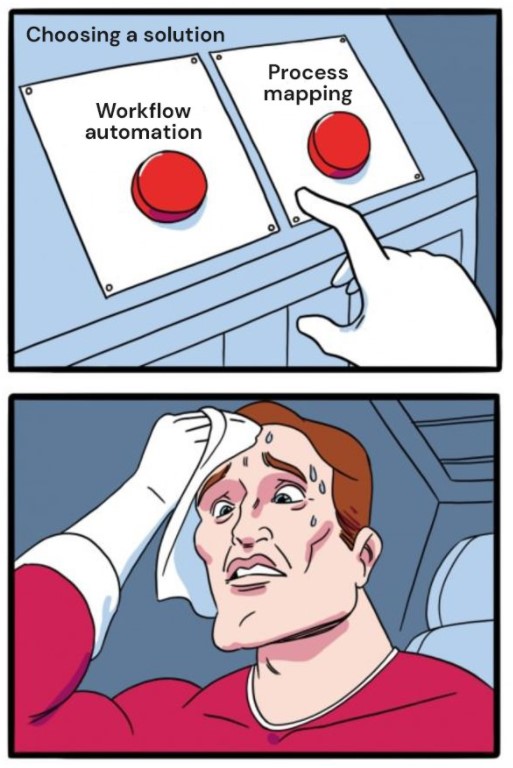This update takes confidentiality to the next level by allowing workflow designers to apply confidentiality settings to individual steps within a flow. 🔒

How Process Automation Reduces Admin Work
How Process Automation Reduces Admin Work
Before Steph, Digital Improvement Lead at Todd Energy, automated their staff and contractor onboarding process, it would take 6+ hours to complete.
Now, it only takes 2, no longer relying on spreadsheets, back & forth emails and individuals’ memory.
See how Steph this and what the feedback has been like in the organisation in the snippet below.
Transcript
I guess a great example of that is the staffing contractor onboarding flow.
And you have touched on that already a little bit, Sean.
But prior to us automating this process it would take upwards of six hours on and off for us to onboard a new staff or contractor, and I guess it was run out of an Excel workbook.
If I’m completely honest with you, It had some templated emails in it, but there was lots of backwards and force and a huge reliance on individuals to remember what was going on and to keep that process ticking.
Honestly it took me about 20 hours to build that process. It’s quite a meaty one.
And it was probably our first more high complex process that we built.
We had some pretty amazing engagement and ownership with the lovely ladies that run that process.
And I asked them post go-live, ‘just gut feel how much time is this saving you now?’ And they estimate between three and four hours.
So three and four hours per new start is a pretty decent saving I think.
And the feedback from them was along the lines of ‘I don’t need to remember where the process is at and the system just keeps it on track and I get the notifications when I need to do something’, which I guess in turn allows them to provide more value add to the business.
So yeah, each team has got a bit of a mix of simple and complex processes that I guess keeps us working in the trees.
We’ve spoken about working in the weeds a little bit.
But I guess continuing to push and improve once those processes are in and rolled out to, and tying back to that first statement, making a plan and a roadmap, socializing it and holding yourselves to account, that’s really key.
Get a Free Trial & talk to us to see whether Mapping or Automation makes sense for your organization
The Flowingly Blog
Get the flow-down on all things Flowingly. From process tips to product, we cover everything you need to level up your processes.
Flowingly Product Update – Confidential Steps
Comparing Process Automation: Flowingly & Microsoft Power Automate
This blog explores the differences between Flowingly and Power Automate, highlighting their unique strengths and how teams can use both to level up their automation efforts.
Flowingly – May Release Notes
Discover the latest enhancements and bug fixes in Flowingly with our May Release Notes blog!













